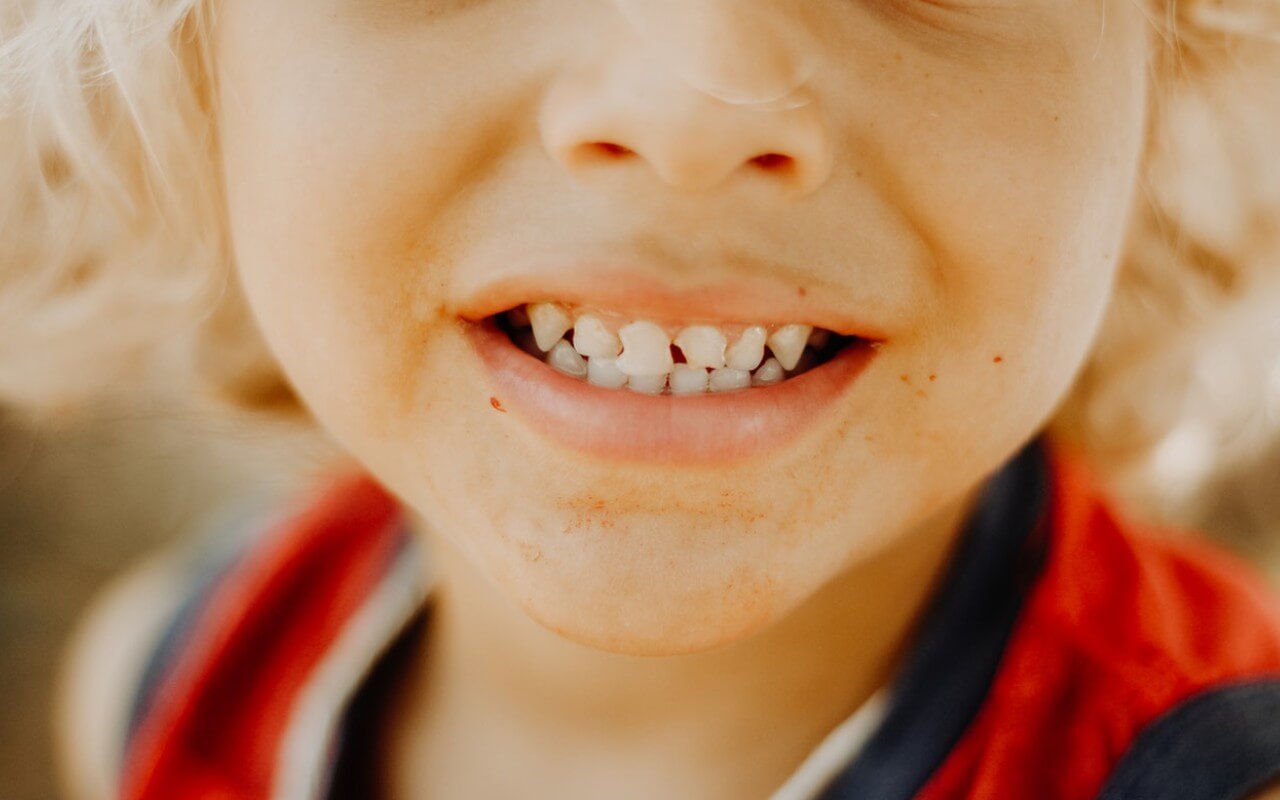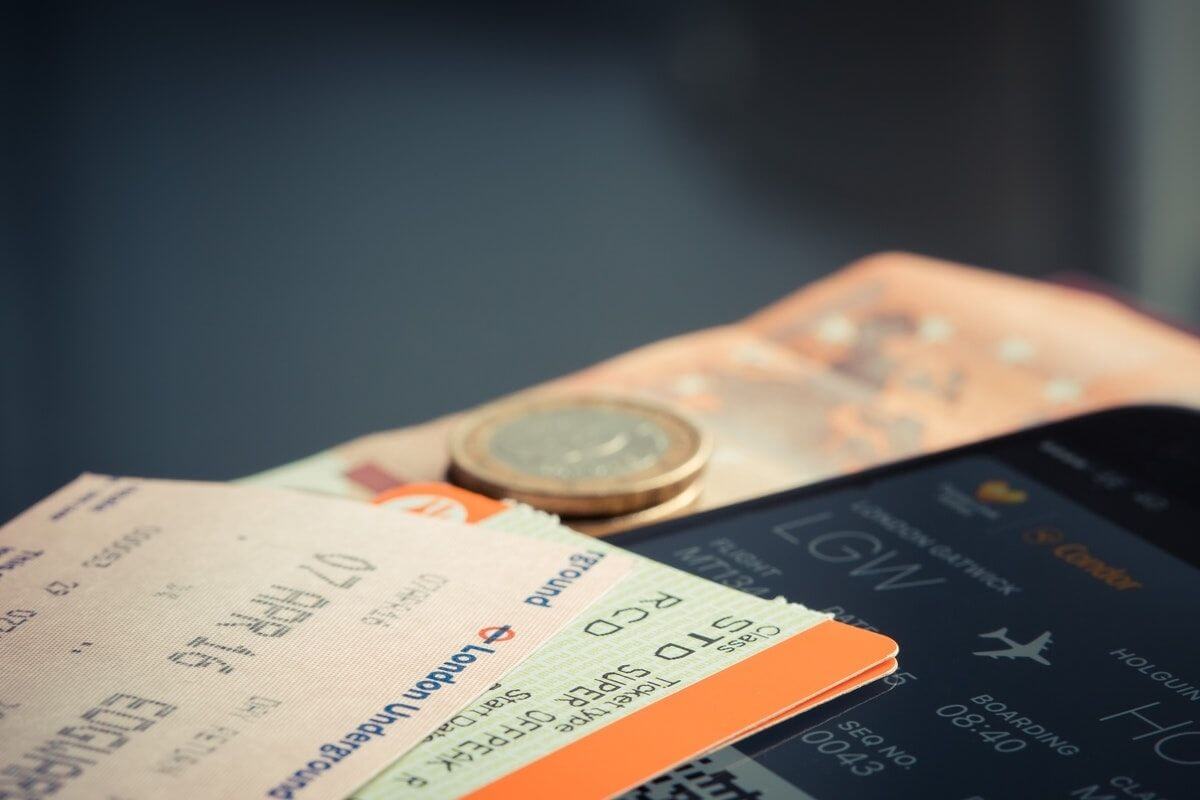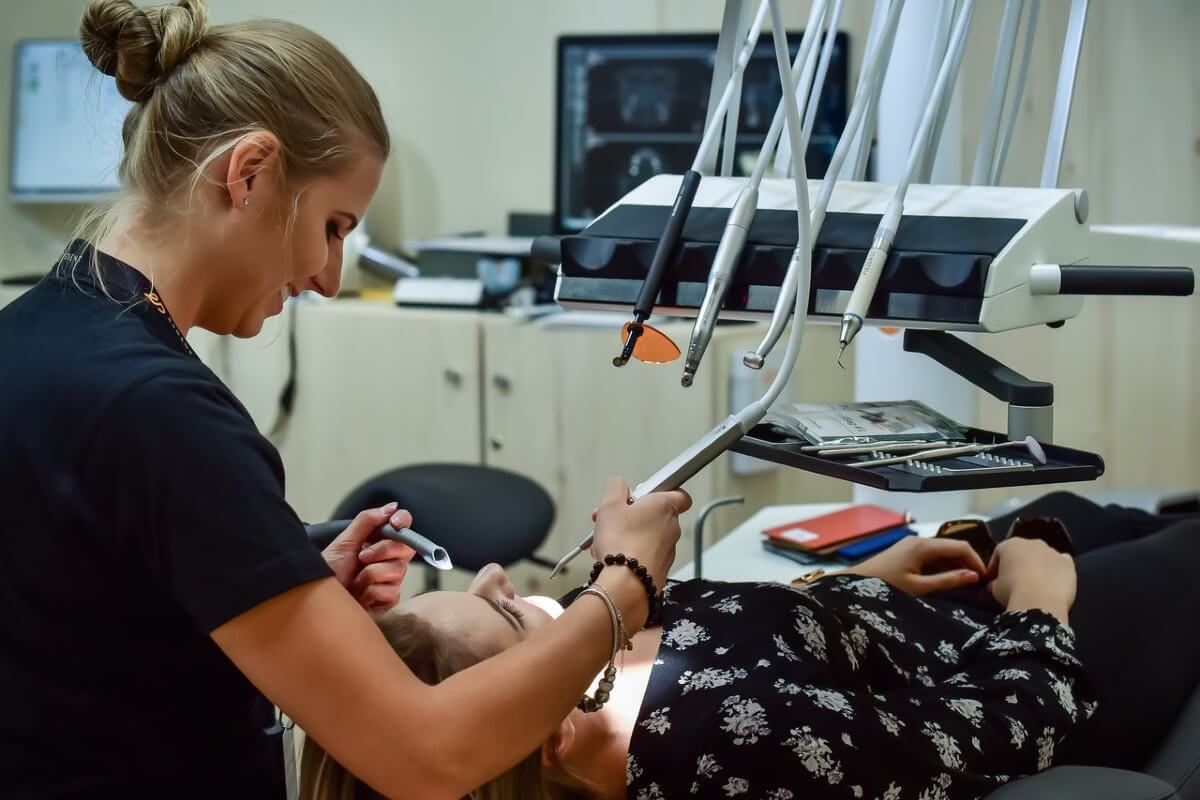Baby bottle tooth decay is a term that refers to cavities in infants and toddlers that lead to early loss of baby teeth, typically triggered by repeated use or napping with a milk bottle.
It is also referred to as infant caries or early childhood caries and is caused by long-term exposure of your child’s teeth to sweetened drinks such as milk, formula, fruit juice, or sugar, and honey syrups.
The problem is often associated with breast-fed babies who have prolonged feeding habits or children whose pacifiers are sometimes dipped in sweetened liquids.
How to know if your child has baby bottle decay?
Baby Bottle Tooth Decay is most often seen in the upper front teeth, but other teeth can also be affected. Common signs to be observed include white, brown, or blacks spots or patches on teeth, toothache, bleeding or sore gums, and fever or swelling caused by infection.
7 strategies to prevent baby bottle tooth decay:
1. While using feeding bottles, place only formula, milk, or breast milk. Do not fill the bottle with liquids such as sugar water, juice, or soft drinks.
2. Never encourage a child to sleep with a bottle of milk, juice, formula, or sweet liquid. Children should finish their bedtime and nap time drinks before they go to bed.
3. Always clean your baby’s teeth after using a feeding bottle, breastfeeding, or consuming medication or cough syrup that contains sugar.
4. Encourage your child by his or her first birthday to drink from a cup.
5. Prevent the sharing of saliva with your infant by the common use of feeding spoons or licking pacifiers. Wipe your child’s gums with a clean, wet gauze pad or washcloth after every meal. If a pacifier is used by your infant, make sure that it is clean. Do not dip it in sugar or honey.
6. When your child’s teeth come in, gently brush them with a baby-sized toothbrush and a smear (or grain of rice sized amount) of fluoride toothpaste until 3 years of age. Brush their teeth with a pea-sized amount of fluoride toothpaste from 3 to 6 years of age. Supervise brushing until your kid can spit or swallow.
7. Your child’s first dental appointment must take place after the first tooth appears, but no later than your first birthday. Your dentist will also help you develop a good routine for your child’s oral care that will help keep his smile healthy throughout their life.
How to treat baby bottle tooth decay?
1. The dentist can apply fluoride to remineralize the teeth of your child if chalky white spots or lines are noticed early. He may also recommend changes in the diet.
2. If the decay is evident, the teeth may be protected by dental filling material or crowns.
3. Pulp treatment or tooth extraction may be considered if the decay has entered the pulp chamber in the centre of the tooth.
Your child can develop bad eating habits, speech issues, crooked teeth, and damaged adult teeth when milk teeth are infected or lost early due to baby bottle tooth decay. As a parent, understanding the causes, signs and symptoms and ways to implement good oral hygiene can help prevent baby bottle tooth decay.


























